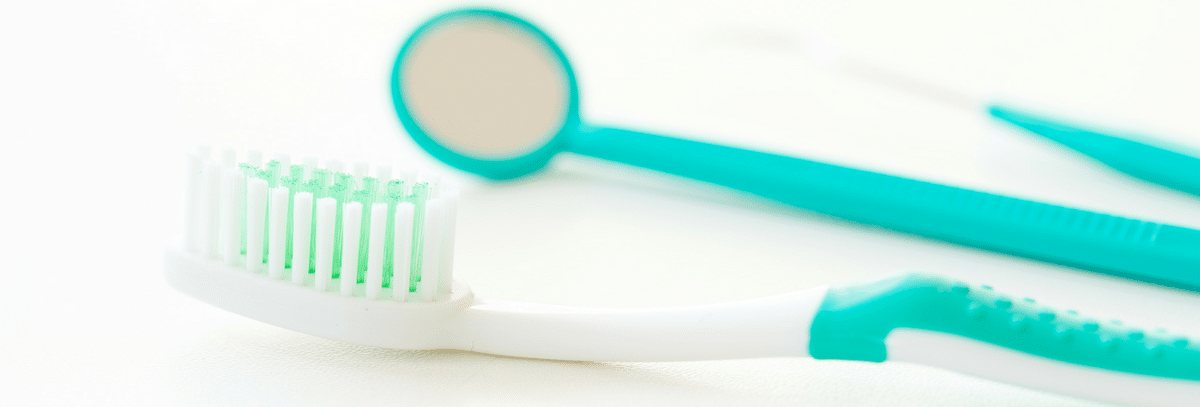Over-the-counter home teeth whitening products are becoming more and more popular, but not all are created equal. Our dentists provide insight and advice for all of your dental questions. We and know everyone wants a pearly white smile that boosts their confidence, but it should never come at the cost of your oral health. Contact the Gainesville dentists at Comprehensive Dental Care today to schedule a dental consultation and ensure teeth whitening is right for you.
At-Home Teeth Whitening Products
There are several options available for teeth whitening, and you should research each type and brand to find the best at-home whitening kits for your oral needs. Below are some of the most common types of teeth whitening treatments.
Gel
The active ingredient in teeth whitening gel is typically peroxide, and these kits use trays that fit around your teeth to hold the gel in place. The issue with at-home whitening trays is neither the concentration of peroxide nor the tray size can be customized for your particular needs. This can make the treatment less effective depending on the stains being treated or may worsen issues, such as tooth sensitivity, if the concentration is too high.
Strips
Teeth-whitening strips are similar to gels, except the strips don’t require trays to stay in place. Strips are one of the most common at-home teeth whitening treatments and can be purchased online and in stores without breaking the bank. If using strips, be careful to only apply the strip to the teeth and not the gums, as the peroxide can damage the gum line.
Toothpaste
There are many kinds of toothpaste on the market with various ingredients, including peroxide, charcoal, and coconut oil. In contrast to peroxide, which is proven to be effective, charcoal and coconut oil toothpaste may not provide the same results. These ingredients can cause other issues or might not offer the same protection for tooth enamel. These types of toothpaste should not be a substitute for toothpaste with enamel-protecting fluoride.
UV Light
UV, LED, and halogen lights are supposed to enhance bleaching agents’ function to make teeth whitening more effective. This teeth whitening method promises the same results as professional teeth whitening without a trip to the dentist. However, the power of professional light-activated treatments at your dentist’s office may still work better.
How To Prep For At-Home Whitening
Before starting any teeth whitening treatment, it’s essential to be aware of the pros and cons of teeth whitening. Some stains cannot be treated with teeth whitening and can even become worse, so it’s important to consult with your dentist first. Choose a product that contains no more than 10% concentration of peroxide or bleach. Additionally, follow all instructions to the letter to ensure safe use. Don’t use teeth whitening products if you are pregnant, have braces, have allergies to peroxide, or have crowns, fillings, bridges, or partial or full dentures. Additionally, consult your doctor first if you’re taking any prescription medications.
